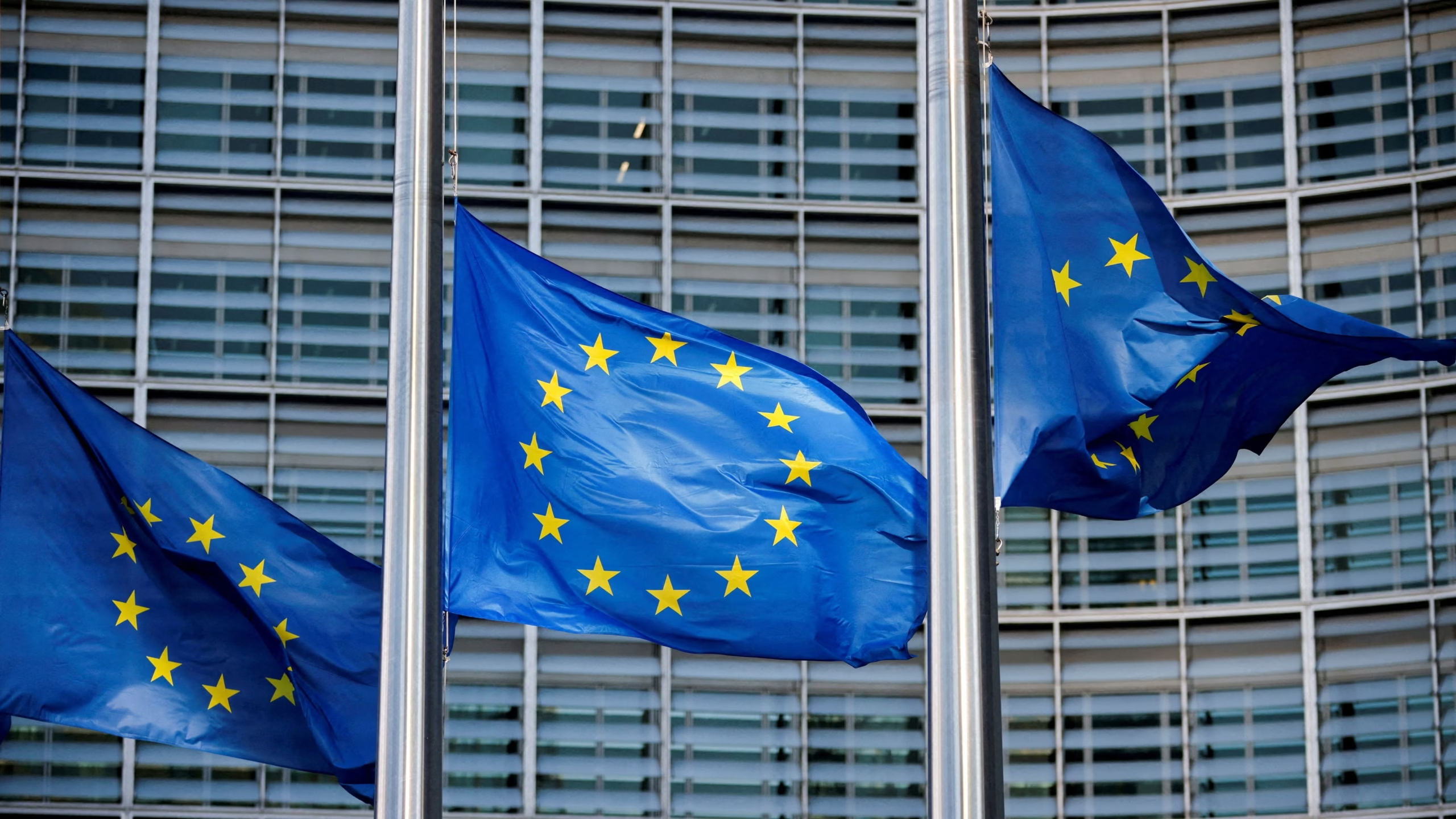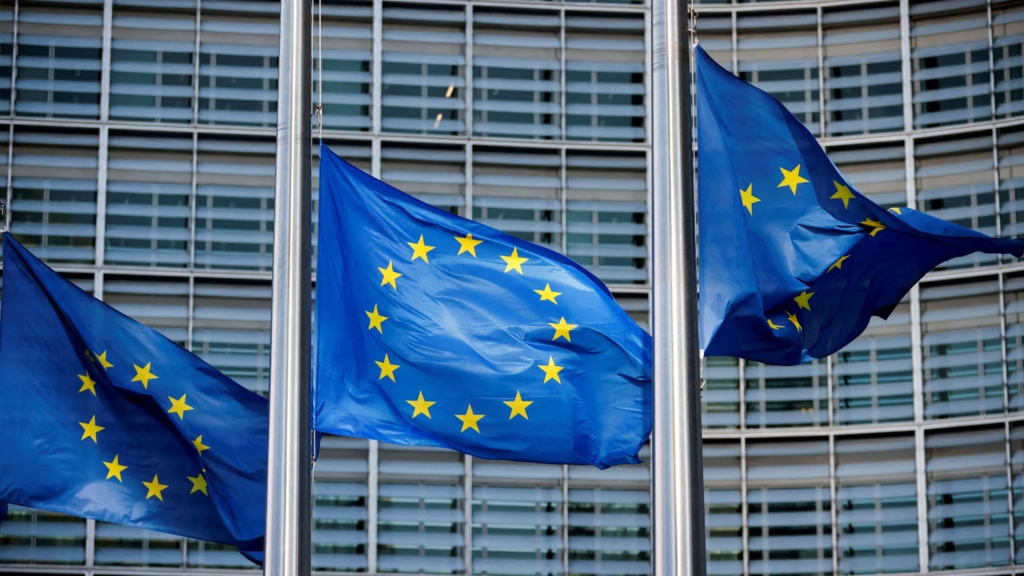
In May 2023, the Eurozone experienced a modest increase in its Producer Price Index (PPI), which rose by 0.3% compared to the same month in the previous year. This seemingly small uptick offers valuable insights into the current economic landscape of the region, signaling subtle shifts in inflation pressures, production costs, and overall economic health. Let’s explore what this data signifies, the factors influencing it, and what it could mean for the future of the Eurozone economy.
Understanding the Producer Price Index (PPI)
The Producer Price Index is a vital economic indicator that measures the average change over time in the selling prices received by domestic producers for their output. Essentially, it tracks the cost of goods at the wholesale level before they reach consumers. A rising PPI generally indicates increasing production costs, which can eventually lead to higher consumer prices, contributing to inflation. Conversely, a declining PPI might signal weakening demand or deflationary pressures.
In the context of the Eurozone, the PPI offers critical insights into inflation trends before they are reflected at the consumer level, making it a useful tool for policymakers, investors, and economists.
The May 2023 Data: A Closer Look
The Eurostat, the statistical office of the European Union, reported that the PPI in the euro area increased by 0.3% year-over-year in May 2023. This figure, while modest, indicates that prices at the wholesale level are gradually edging upwards after periods of volatility.
Compared to April 2023, where the PPI saw a slight decrease or stagnation, the May increase suggests a potential stabilization or early signs of inflationary pressures returning to the region. It’s important to note that this 0.3% rise is relatively subdued when contrasted with previous years, where double-digit increases were observed during peak inflation periods.
Factors Contributing to the PPI Increase
Several factors may have contributed to this small but significant rise in the Eurozone’s PPI:
- Energy Prices Fluctuations: Energy costs, particularly oil and gas, have historically played a significant role in influencing the PPI. After a period of volatility, energy prices saw a slight uptick in May, impacting production costs for industries reliant on these resources.
- Supply Chain Recovery: The global supply chain disruptions caused by the COVID-19 pandemic have been gradually easing. As supply chains stabilize, producers face different cost pressures, which may slightly elevate prices.
- Commodity Prices: The prices of raw materials such as metals, chemicals, and agricultural products showed marginal increases, contributing to higher producer costs.
- Labor Costs and Wages: Rising wages in certain sectors, driven by labor shortages or increased demand for skilled workers, can also influence production costs and, consequently, the PPI.
- Demand Dynamics: An uptick in demand within key industries, possibly driven by economic recovery efforts and consumer confidence, can lead to higher prices at the producer level.
Comparing Eurozone and Global Trends
The modest increase in the Eurozone’s PPI aligns with global inflation trends observed in major economies such as the United States and China. After months of heightened inflation, many economies are now witnessing stabilization or slight declines in wholesale prices.
For instance, the U.S. Producer Price Index also showed a similar small increase, reflecting global supply chain pressures and commodity price movements. This synchronicity suggests that global factors, such as energy markets and raw material costs, continue to influence regional inflation dynamics.
Implications for the Eurozone Economy
The 0.3% year-over-year increase in PPI has several implications:
- Inflation Outlook: Although the rise is modest, it signals that inflationary pressures are not entirely subdued. Policymakers will monitor this closely to determine whether inflation is stabilizing or poised to accelerate.
- Monetary Policy: The European Central Bank (ECB) aims to maintain price stability, targeting inflation around 2%. A low and stable PPI growth supports the ECB’s cautious approach, potentially delaying further interest rate hikes.
- Business and Consumer Confidence: Slight increases in wholesale prices can influence business profit margins and consumer prices. Businesses may adjust their pricing strategies, and consumers could face slightly higher costs in the future.
- Investment Climate: Stable or mildly rising PPI figures tend to foster a cautious investment environment, encouraging businesses to plan for steady growth rather than aggressive expansion.
Future Outlook: What to Expect
Given the current data, analysts project that the Eurozone’s inflation pressures will remain subdued in the coming months. However, several factors could influence future PPI movements:
- Energy Market Volatility: Fluctuations in oil and gas prices remain a significant risk. Any sharp increases could accelerate PPI growth.
- Global Supply Chain Developments: Continued improvements or setbacks in supply chain logistics will impact raw material costs.
- Geopolitical Events: Unforeseen geopolitical tensions or conflicts could disrupt markets and alter inflation trajectories.
- Monetary and Fiscal Policies: The ECB’s responses, including interest rate adjustments and quantitative easing measures, will play a crucial role in shaping inflation trends.
Broader Economic Context
The Eurozone’s economy has been navigating a complex post-pandemic recovery, balancing inflation concerns with growth ambitions. The slight uptick in PPI reflects a cautious but optimistic outlook—production costs are rising slowly, hinting at a stabilization phase rather than overheating.
Moreover, the region’s diversified economy, encompassing manufacturing, services, agriculture, and technology, means that sector-specific trends can influence overall PPI figures. For example, the energy-intensive manufacturing sectors may experience different cost pressures compared to service-oriented industries.
Conclusion
The May 2023 increase of 0.3% in the Eurozone’s Producer Price Index, while seemingly modest, is a key indicator of the region’s ongoing economic trajectory. It suggests that inflation pressures are gradually returning but remain under control, aligning with the European Central Bank’s current cautious stance.
For consumers, businesses, and policymakers, this data underscores the importance of vigilance. As supply chains stabilize and energy markets fluctuate, the Eurozone’s inflation outlook will continue to evolve. Stakeholders should keep an eye on upcoming PPI data and related economic indicators to gauge whether this modest rise heralds a broader trend or remains a temporary blip.
In summary, the May 2023 PPI figures reflect a region in transition—moving towards stability but still susceptible to external shocks and internal shifts. With careful monitoring and responsive policies, the Eurozone aims to sustain its recovery, keeping inflation in check while fostering growth and resilience.
Note: This article synthesizes publicly available economic data and analysis up to October 2023, providing a comprehensive overview of the Eurozone’s Producer Price Index trend in May 2023.
